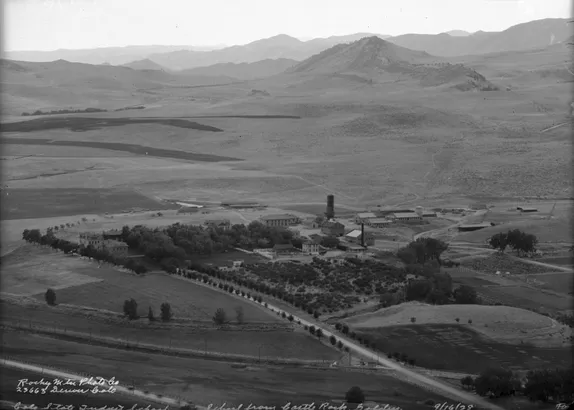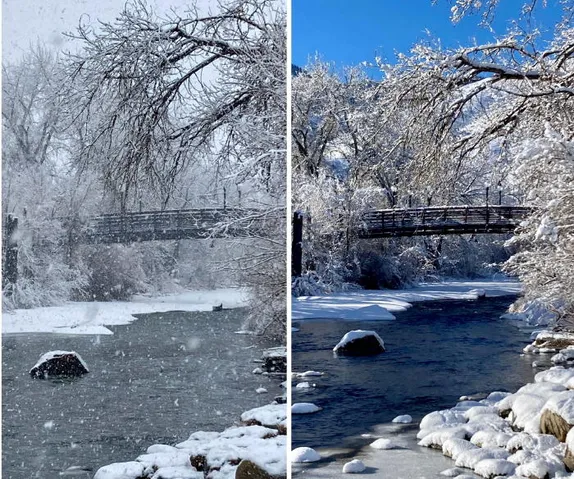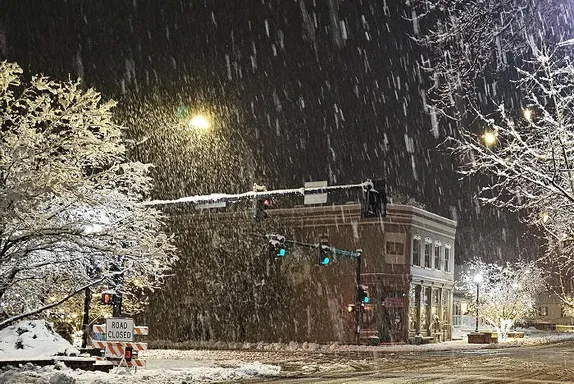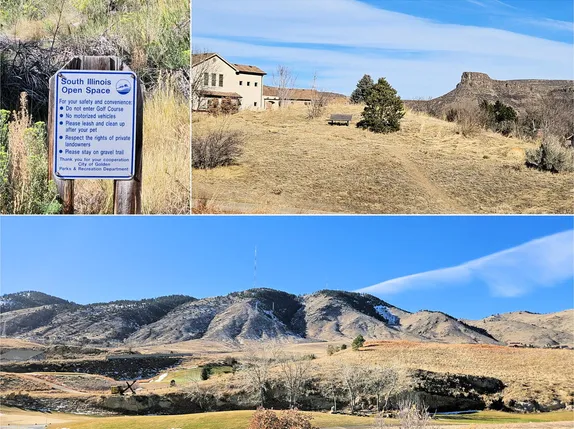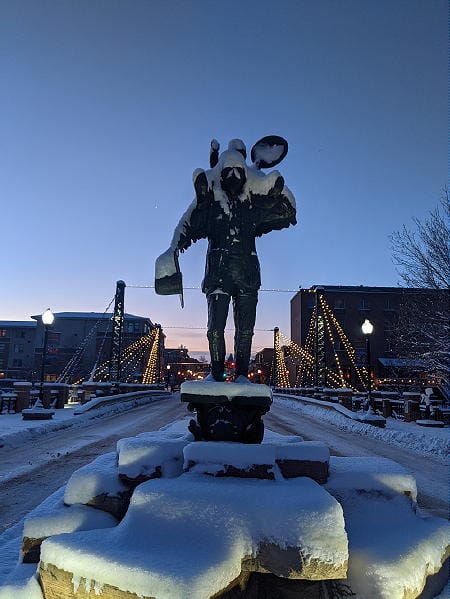
Real World Events
10AM-3PM Brunch at the Rose @ Buffalo Rose
11:30AM Winter Jr. Rangers @ Lookout Mountain Nature Center
11:30AM-12:30PM Yogi Book Club begins @ Pranatonic
2PM Moon Over Buffalo @ Miners Alley Playhouse
2:30-4:30PM Textile Society @ Golden Library
Live Music
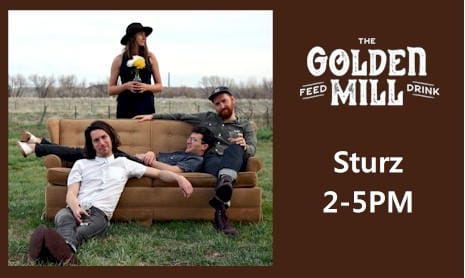
2-5PM Sturtz @ The Golden Mill
2PM Slyders Band @ Dirty Dogs Roadhouse
3PM Seeing Stars Acoustic Trio @ Over Yonder

4-7PM David Henning @ Buffalo Rose (Sky Bar Stage)
8PM Karaoke @ Ace Hi Tavern
Golden History Moment
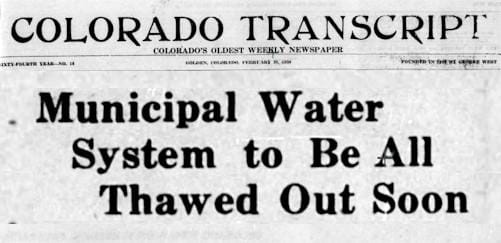
“By the end of the week, provided we have no more bad weather, the Golden water system should be functioning at normal,” says C.A. Owens, superintendent of the municipal system.
Colorado Transcript – February 20, 1930
92 Years Ago
Colorado experienced a significant cold snap in January of 1930, and water systems all over the state were having problems with frozen pipes. Golden’s water was stored in a reservoir on Lookout Mountain, then carried down through thousands of feet of wooden pipes.
“What are wooden pipes?” you may wonder. They were constructed of long wooden boards–or staves–arranged in a cylinder and held together by iron bands. Picture something like a very long barrel. Better yet, check out this photo showing an old wooden water pipe.

In addition to the frozen water lines, we were experiencing frozen fire plugs, which put us in a precarious position in case of fires. The City had 41 fire plugs at that time, and 18 of them were still frozen and inoperable in mid-February.
The City had been replacing the old wooden water lines over time, as the budget allowed. By the spring of 1930, all but 3200 feet had been replaced, but the extreme cold weather, followed by thawing, had caused significant failure in the remaining wood pipe:

Fully two-thirds of the water going through the line is escaping in this section, it is estimated.
Colorado Transcript – March 6, 1930

City Council of this era strongly preferred the pay-as-you-go approach to infrastructure work, but they decided that the remaining wooden pipe needed to be replaced quickly–before the summer irrigation season began, if possible.
Why doesn’t this happen anymore? We have better trench-digging equipment, and we typically bury water pipes three feet below the surface, where there’s much less danger of freezing.
Thanks to the Golden History Museum for providing the online cache of historic Transcripts, and to the Golden Transcript for documenting our history since 1866!

